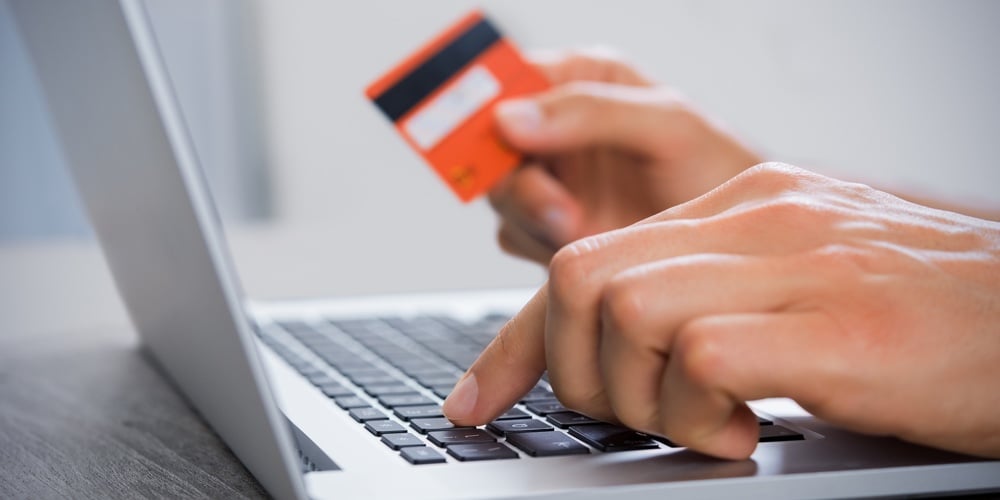How FIs can transform online bill pay into a personal finance tool
Financial institutions are no longer the central hub of consumers’ financial lives. Badly outdated bill pay applications have driven people to deal directly with billers. Modern technology can help banks and credit unions regain their standing. It all starts with rethinking what bill pay can do for the customer.

A little over 25 years ago, paying bills required some effort. Back then, your options were to write and mail a check, pay over the phone or pay your bank to do it for you. As the internet grew from obscure curiosity to popular, albeit costly, obsession in the early ’90s, financial institutions began to offer a new, more convenient option: online bill pay. No longer would you need to write check after check; all you had to do was log on and make the payments electronically.
Granted, to enjoy this convenience at the time required spending thousands on a personal computer, and hundreds more on network equipment and service fees. Still, despite the relatively small target market, online bill pay was popular among those who could afford it. For banks and credit unions, that made it a powerful tool for digital engagement and customer retention, simply because no one else could offer anything like it.
Financial institutions soon realized that if they offered this online bill pay service for free, their customers were more likely to stick around and open a savings account, take out a home loan, seek financial planning advice, and so on. The ‘stickiness’ that free bill pay created far outweighed the cost of the service.
Unfortunately, for financial institutions, we’re not in the year 1995 anymore. Consumers have a number of choices in not only how they pay their bills, but also in how they deposit, move and even borrow money. Today, 76% of online bill payments are made directly at biller websites, with online payments made at direct billers growing 123% in the past decade. Meanwhile, banks’ share of online bill payments have shrunk in the past decade, from 38% down to 22%.
continue reading »
